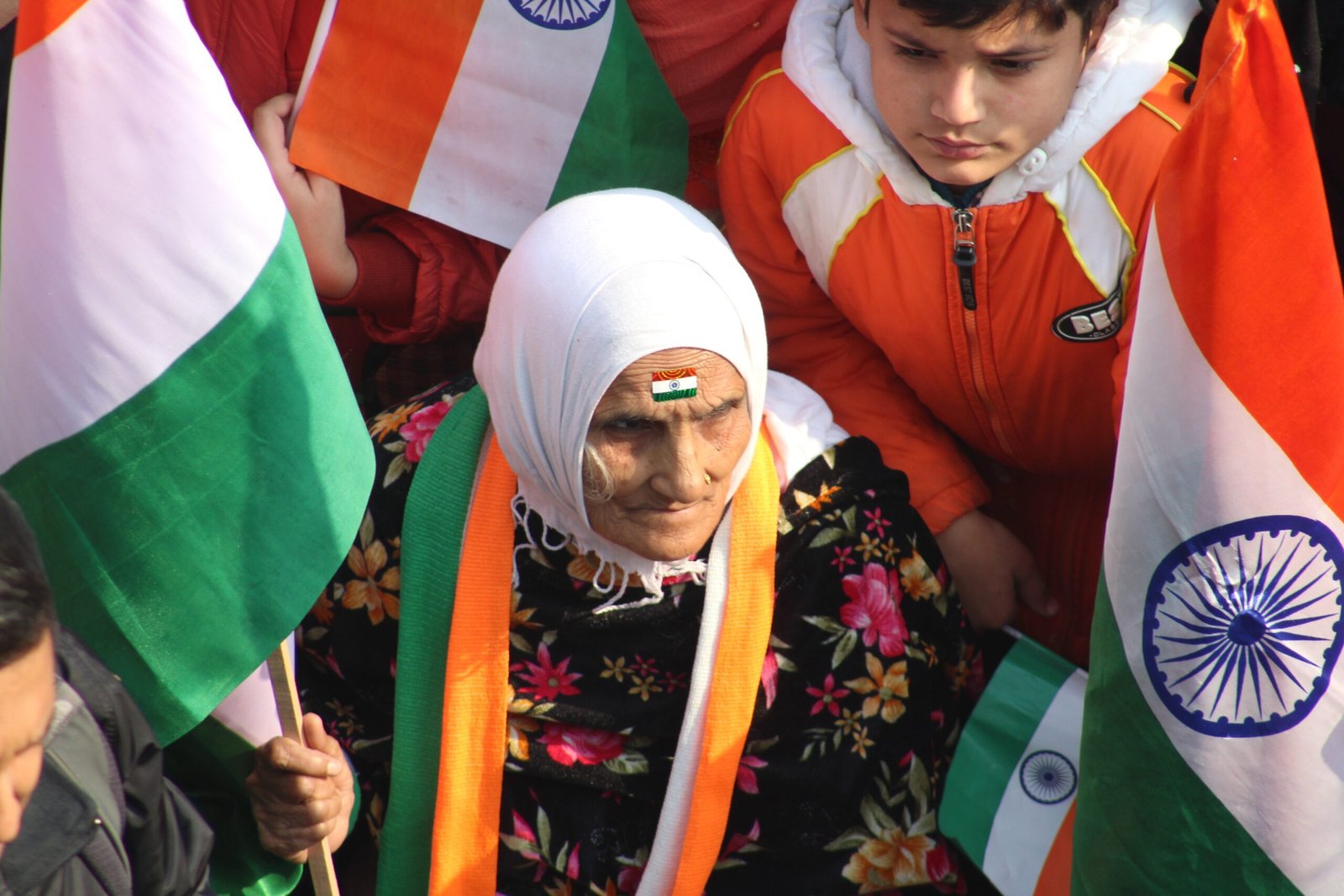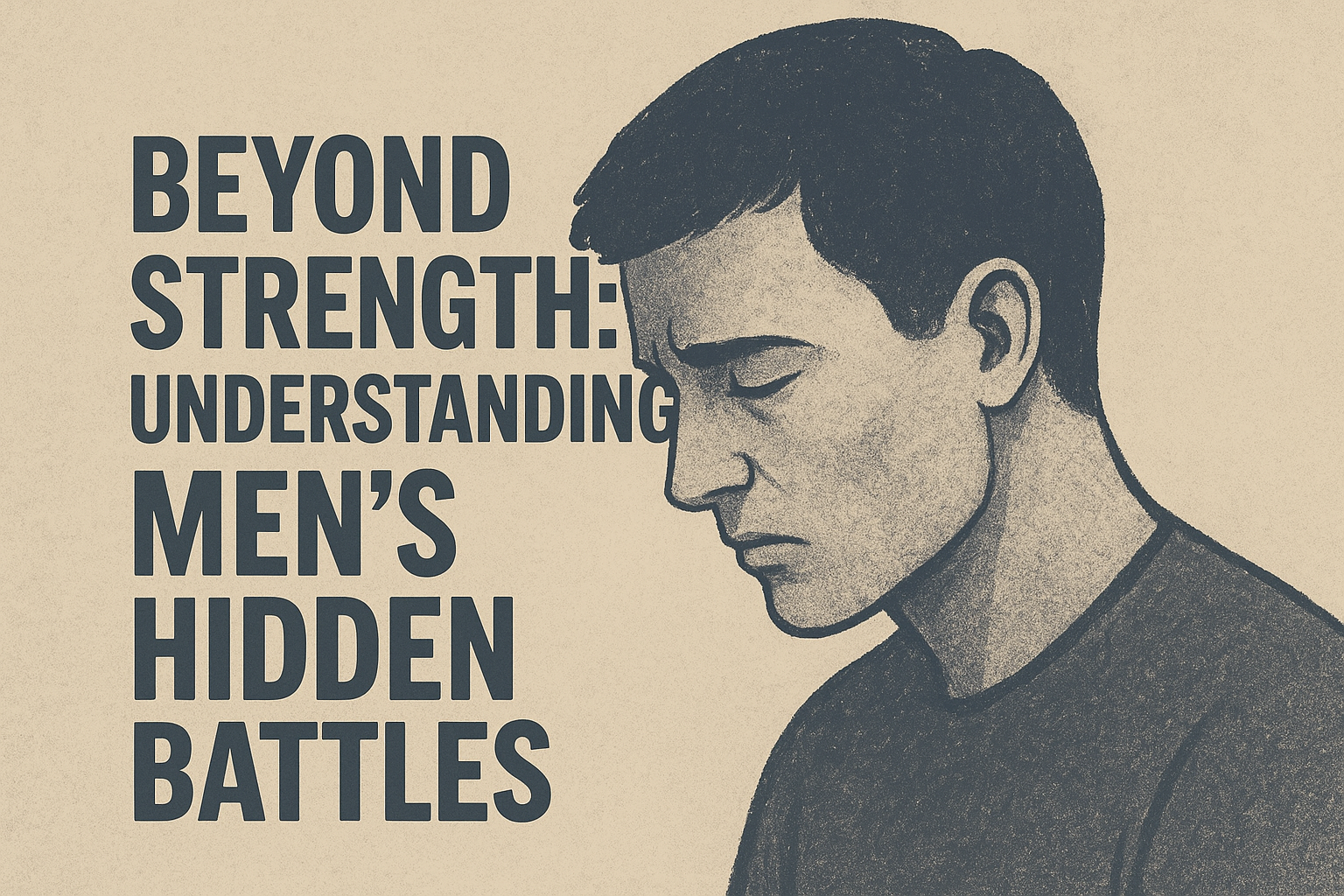I had been a hands-on parent from the very beginning, always being there for my child when she needed me the most and also then when she wanted to be left alone. It was only when I consciously registered the fact that I was turning into a ‘hovering parent’ and not letting her respond to stimuli on her own that I stepped back. Every time she faltered and I felt the urgency to teach her to tackle, I curbed myself with a reminder. My child has the freedom to choose her options and make her mistakes as long as she develops the responsibility to own them. And that eases out, at least for me, the painstaking position of only being a parent.
I can barely figure out the span or the specific year, my adorable angel turned into a terrific tween. She walked and talked like a late-teen and argued and anticipated as a near-adult. I was confused and wondered whether being on her own was the cause for the unexpectedness. But then ‘the change’ was the commonest thing happening to her was what I was made to believe. I struggled to accept it. Eventually, a distanced view rendered some partial clarity to the commotion. Not yet the solution.
The change was an unprecedented one. An unknown virus had invaded our lives and transmuted our pattern of living. Every individual in every part of the world was disproportionately affected and children were no exception. Rather they became the worst victims of its consequences. After the initial phase of celebrating togetherness and indulging in quality activities as a favorable response to the imposed isolation, children started suffering. Social connect and external impulse was missing and they didn’t know how to fill up the fuzzy void. Particularly adolescents, otherwise powerhouses of potential, sought refuge in the only room that offered solace. The ‘virtual’ space.
Everything in this new space was governed by wires, apps, and the internet. Like my daughter, every child did school through a device and learnt music, art, games and innumerable other activities through online meets and implied methods. They forged friendships and waged gang wars through these as well. In fact, they used their real emotions in this unreal world till the latter got the better of them.
So ‘the change’ that I was facing difficulty to come to terms with was not just related to age, growth and hormones. It was new and dangerous. I am reminded of Roald Dahl’s poem The Television and can only conjure up repulsive images of little brains turning soft as cheese and of children who “CANNOT THINK” but only see.

The initial noticeable drift in my tween was that she was getting stuck to her seat and becoming jittery every time she had to get up. Somehow that was hard to handle because she had always been a very energetic and active one, whose favourite hangout was the monkey bar in her school’s garden. I wondered if something similar to the Japanese radio reminders for short exercises called ‘Rajio Taiso’ (that are followed in schools, parks and other institutions by all generations of Japanese people) could be initiated to restore liveliness to her steps. Another thing that struck me was that she was gradually losing interest in almost everything, be it food, studies, communication or even her hobbies. Everything was a drag except that which the virtual world offered and she complained of always getting ‘bored’ irrespective of the nature of the activity or experience.
Through WhatsApp groups, I read about parents voicing their anxiety about children turning into loners and relishing their seclusion in locked rooms and behind closed doors. They connected only through screens and portals and started inculcating an obsession with the self. Their urge to ape the unreal digital world grew phenomenally and parents could neither fathom nor fulfill their demands and expectations. My daughter, for instance, turned into an addictive Blackpink fan, and all that she saw, heard, and did was related to that Korean performance band. The members, their music and motion dominated every hour of her day and unknowingly the k-pop idols became more palpable to her than the real people around. She was so smitten by their ways of life that the imaginative blurred the actual to create an unwholesome blend that was intimidating and unstable.
To put things into perspective, under these new circumstances, we need to perhaps approach parenting in a new way. Maybe we need to evolve into antifragile parents. As fragility and robustness are both insufficient attributes for coping in this uncertain scenario, antifragility is the only means to thrive and succeed.
A shift in paradigm and a change in parameters is imperative. The line segregating the dos and don’ts has to be erased to incorporate difficulty, disappointment, discomfort and even disaster within the growing spectrum. It’s like exposing one to germs so that her immunity kicks in, and when is it a better time to stretch the conception beyond the physical than in a post-pandemic world? By the way, we need not take up the task of making our kids antifragile. Instead, we as parents have to internalize and implement its essence. Simply because children are antifragile by themselves. Our intervention turns them other ways.
To proactively react to the unforeseeable, we have to use new approaches and techniques. A maturity in understanding and a willingness towards inclusiveness have to be reached. As my two-bit, I have decided to enroll my daughter into performing arts so that she can strike a balance between the virtual and the viable, and realign her interests in a more constructive manner. What would be your new mechanism to construct the bridge between you and your child?
Disclaimer: I must admit that my knowledge of the concept of antifragility is limited to going beyond the resilient to make room for unpredictability with an intention for improvisation, and does not include the vastness developed and proposed by its creator, Nassim Nicholas Taleb.

By Promita Banerjee Nag
An avid word enthusiast and content-churner, Promita is fuelled by novel writings, ideas and light-hearted banter. A teacher by passion, she treads the path of unequivocal learning with and through her students. Mother, music and ‘mishti’ mostly convince her. If you wish for a tête-à-tête, feel free to reach out to her at promita033@gmail.com.















3 Responses
What a lovely concept! Completely agree, we just have to let them be, and keep our fingers crossed. They will have to choose their own path, that’s most suited for them to be varying degrees of anti-fragile, as they need to be.
Amazing leverage of the word ‘anti-fragile’. In true sense it is actually the opposite of robust. This writeup hits smack center with parents trying to cope with this data & digital world interlacing myriad facets of childhood. Kudos to the author for capturing the sentiments so vividly.
Always been in love with your gift of the expressing yourself in the most articulate way…awsom